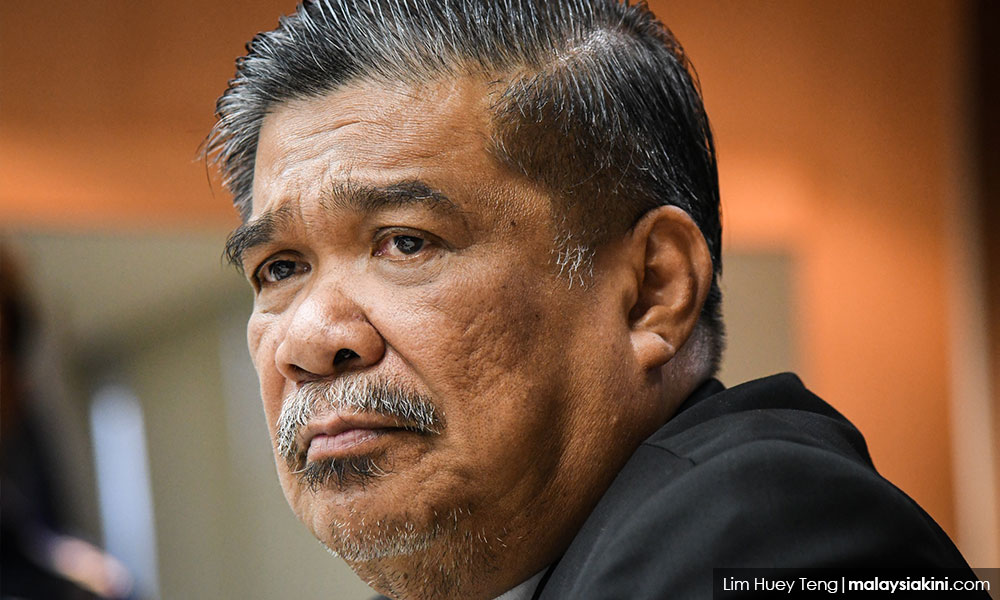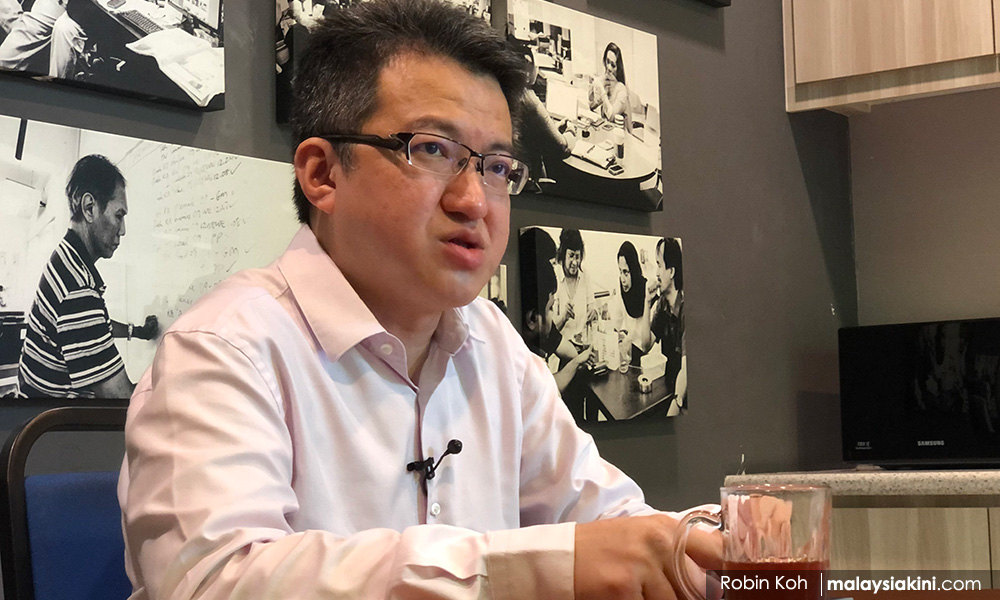Former defence minister Mohamad Sabu and his former deputy Liew Chin Tong have questioned the government’s plans to revive the littoral combat ship (LCS) project, which has been beset by delays and cost overruns.
Among others, they questioned whether the revival had taken the Royal Malaysian Navy’s (RMN) requirements into consideration, and whether the causes of the delay had been addressed.
They said they find it “curious” that Defence Minister Ismail Sabri Yaakob’s announcement of the project’s revival yesterday only spoke on the project’s impact in terms of the contractor’s interests and was silent on the other issues.
“We are concerned that the government’s intentions are limited to the contractor’s interests and not the ship’s user.
“It can’t be denied that it is not nice for us to upset anyone’s income especially in the Covid-19 pandemic. However, we must remember the main reason for this project besides developing the local defence industry is to equip the RMN with modern equipment.
“The cabinet’s failure to put the RMN as the main consideration in this matter is disappointing,” Mohamad and Liew said in a joint statement today.

The shipbuilder Boustead Naval Shipyard Sdn Bhd was awarded the RM9 billion contract in 2011 to build six Gowind-class LCS developed by the French manufacturer Naval Group France (then known as DCNS). The award was done through direct negotiation.
The first LCS is due to be delivered in April 2019, but when the deadline was missed, Mohamad, who was still minister at the time, said it would only be completed in February 2022.
Former defence minister Ahmad Zahid Hamidi was due to testify to the Public Accounts Committee and the late delivery in January this year, but the PAC’s proceedings were disrupted when Parliament was suspended due to a proclamation of emergency.
According to PAC chief Wong Kah Woh, the government has paid out RM6.083 billion to Boustead as of October 2020, but has yet to receive a single ship although two are supposed to be completed by then.

Meanwhile, current Defence Minister Ismail Sabri had laid out three options last year on how to proceed with the project.
Bernama quoted him on Aug 27 saying the first option is to use the remaining funds allocated for the project to appoint Naval Group as a “rescue contractor” to complete at least two LCS.
The second is to proceed with the current contractor using the remaining funds to complete at least two vessels. The final option is to terminate the contract and find other ways to save the project.
Yesterday, Ismail Sabri announced that the cabinet has agreed for Boustead to continue with the project with certain conditions to be met, in order to save 1,600 local jobs and 400 small and medium enterprises.
Mohamad and Liew criticised the announcement as lacking in details on how the government would address the problems plaguing the project and ensuring its delivery.
This includes completing the detailed design of the ship to be approved by Naval Group as its design authority.
They also questioned the status of RM1 billion in project funds that is supposedly unaccounted for.
“What is the status of the forensic audit? Last December, the defence minister said this is in progress, what is the current progress of the investigation?
“Has the missing money been returned? If not, what are the government’s next steps to fill the financial gap resulting from the loss of the money?” they said.

They also demanded to know how many vessels would be completed, if the government does not plan to provide additional funds for the project.
“Is it reasonable for the government to receive less than four ships, after paying more than two-thirds of the ceiling amount?
“More importantly, what is the future of the next batch of LCS ships […] If the six ships are not completed, what would happen to the following ships in the next 10 years?” they said.
The LCS is currently part of the navy’s modernisation programme introduced in 2015 that would see its current fleet comprising 15 ship classes pared down to just five classes to ease maintenance and improve readiness.
The LCS is slated to be the largest surface combatant of the five ship classes. Plans call for 12 such vessels eventually to be built two batches, backed by a fleet of 18 smaller littoral mission ships and 18 new generation support ships.
The plan also calls for the navy to have three multi-role support ships and four submarines to round out the rest of the fleet. - Mkini



No comments:
Post a Comment
Note: Only a member of this blog may post a comment.